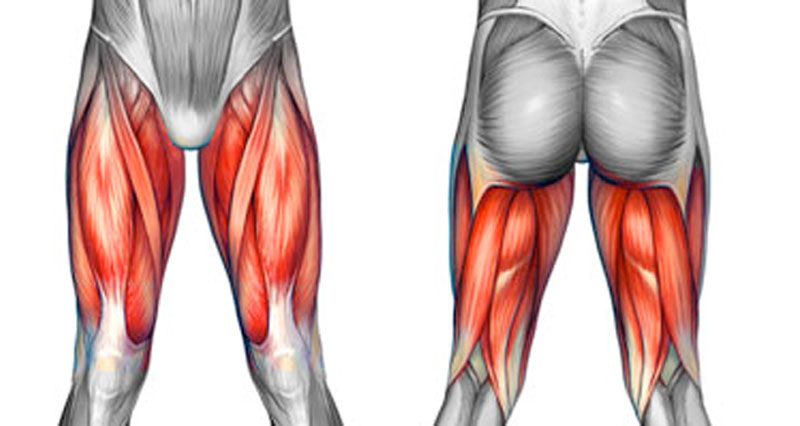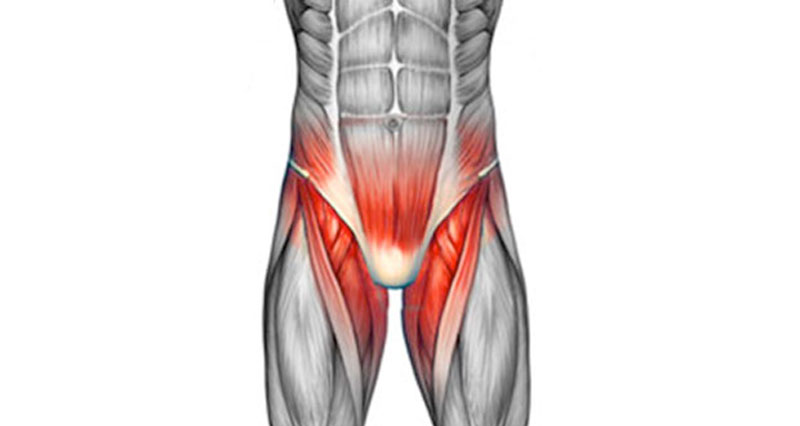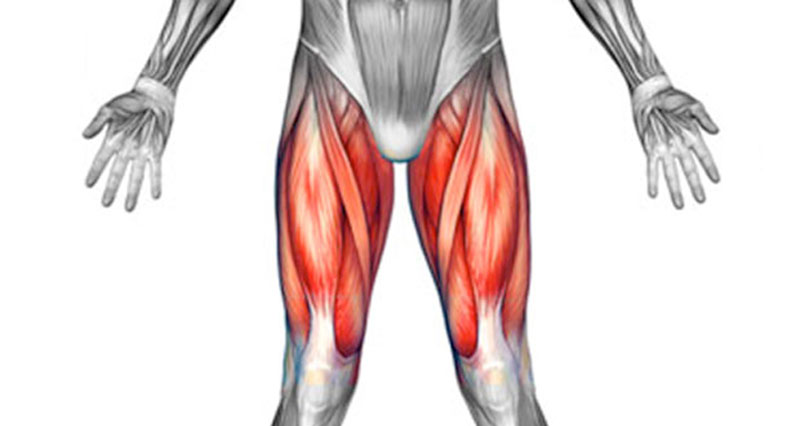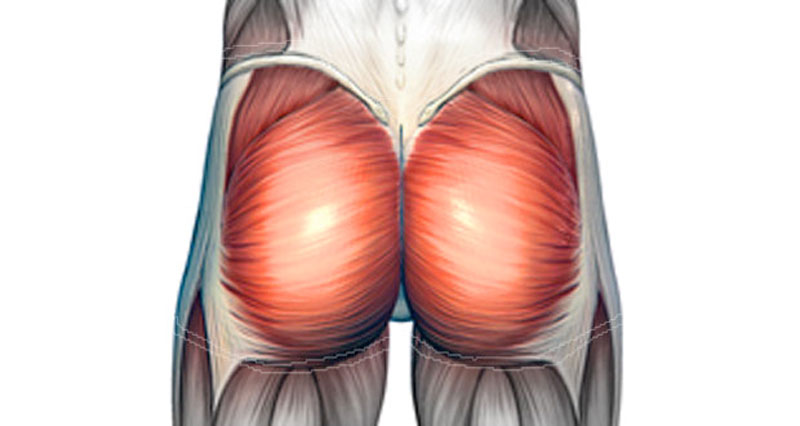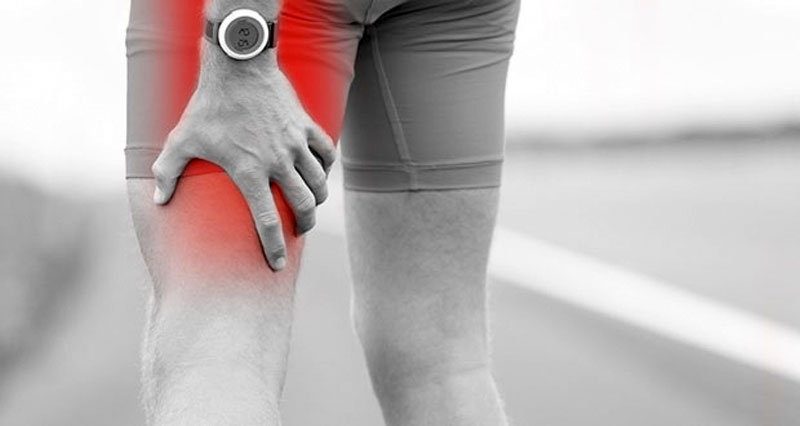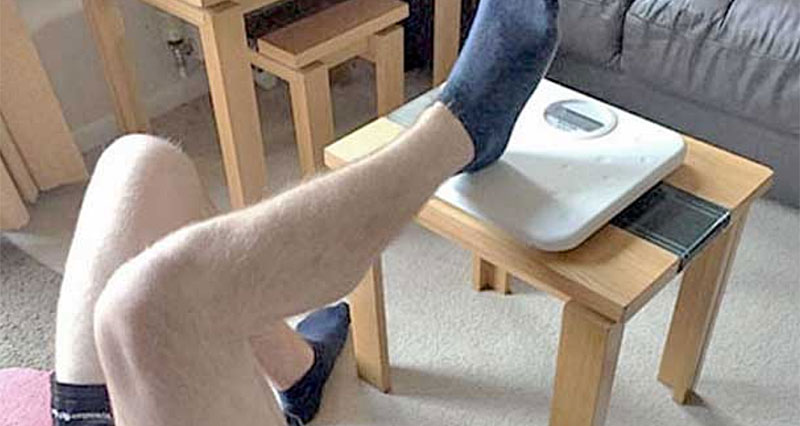Here we explain the more common, and less common causes of groin and thigh pain including muscle strains, compartment syndromes, contusions as well as fractures. Hamstring strain, groin strain and thigh strain are probably the most common causes of thigh pain.
Medically reviewed by Dr Chaminda Goonetilleke, 9th Feb. 2022.
Thigh pain by location
Click where it hurts, or select location or type from the list below:
- Pain at the back of the thigh
- Upper hamstring/buttock pain
- Front thigh pain
- Inner thigh pain/groin pain
- Upper thigh pain
- Fractures
- Rehabilitation programs
Pain at the back of the thigh
Hamstring strain – this is the most common cause of pain in the back and the thigh. Symptoms include a sudden sharp pain that occurs whilst sprinting or performing high-kicking activities.
Cramp – a sudden and often painful involuntary contraction of the hamstring muscle. You will have difficulty straightening the leg for a while but the cramp usually wears off.
- Read more on posterior thigh pain
Upper hamstring/buttock pain
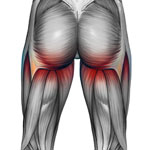
Hamstring tendon strain – is a tear of a hamstring tendon as it attaches to the pelvis
Hamstring Avulsion strain – this occurs when the tendon tears, taking a small piece of bone with it. This is more common in younger athletes (14-18-year-olds) and older people who may have had a history of chronic hamstring tendinitis. If you suspect an avulsion strain, seek professional medical advice.
Hamstring origin tendonitis/tendinopathy – is inflammation/degenerative change of the hamstring tendon as it attaches to the ischial tuberosity (bony bit under your buttocks).
Ischioglutial bursitis – is inflammation of the bursa that lies between the bottom of the pelvis (Ischial tuberosity) and the tendon of a hamstring muscle. Symptoms are identical to hamstring origin tendonitis.
Referred hamstring pain – is caused by an injury or problem elsewhere such as the lower back, sacroiliac joints, or muscles of the buttocks. Pain may be sudden onset but is usually gradual. You are unlikely to be able to pinpoint the exact time the injury occurred.
Posterior compartment syndrome – occurs when the muscle swells up too big for the sheath that surrounds it. This results in increased pressure in the muscle and pain. Symptoms include a dull pain in the back of the thigh, cramps, and weakness.
Front thigh pain
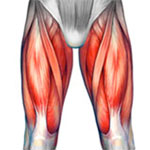
Thigh strain – a tear of one of the quadriceps muscles. It is a common cause of sudden onset pain at the front of the thigh. Depending on the severity, swelling and bruising may also develop.
Thigh contusion – also known as a dead leg or charley horse is caused by a direct blow or impact to the thigh. As a result, the muscle is crushed against the thigh bone (femur). If you fail to treat a contusion properly with cold therapy, compression, and rest, then Myositis ossificans may occur. This is a more serious, chronic condition causing bone growth within the muscle.
- Read more on front thigh pain.
Meralgia paresthetica
This is caused by the compression of one of the large sensory nerves in the leg.
Inner thigh pain/groin pain
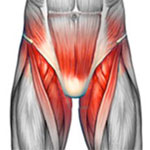
Groin strain – is probably the most common cause of pain on the inside of the thigh. This is a tear of one of the adductor muscles. Sudden sharp pain is felt, usually whilst sprinting or turning sharply. Depending on how bad the strain is there may be swelling and bruising.
Groin inflammation – is an overuse injury. Tendons of the adductor muscles become inflamed and sore.
Inguinal hernia – occurs when part of the internal tissue which can be fat, muscle, or intestine bulge through a weakness in the overlying abdominal wall.
Inguinal disruption (Gilmore’s groin) – is a complex muscular-tendinous dislocation of the lower abdomen.
- Read more on Groin pain.
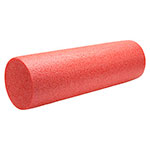
Foam Rollers
Upper thigh pain
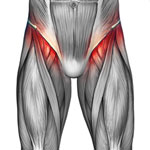
Upper thigh pain refers to pain at the top of the quadriceps muscles/front of the hip.
Rectus femoris tendon strain – is a tear of the tendon of the rectus femoris at the point it attaches to the pelvis at the front of the hip. Symptoms include sudden, sharp pain at the very top of the muscle with localized swelling. Occasionally, the tendon may tear pulling a piece of bone with it, called an avulsion strain.
Rectus femoris tendonitis – or tendinopathy is inflammation (or degeneration) of the rectus femoris tendon in the front of the hip. Symptoms include a gradual onset of pain and tenderness at the front of the hip, or it may develop following a tendon strain or avulsion strain that has failed to heal properly.
Fractures
Femur stress fracture – is caused by prolonged overuse. The main symptom of a femur stress fracture is a dull ache deep in the general area of the thigh. There is likely to be a pain when a bending force is applied to the femur, known as the hang test.
Femur fracture – a serious injury, more likely to be caused by road traffic accidents or similar. The femur is the bone that takes the longest to heal. If the fracture is in the neck of the femur then this is due to its poor natural blood supply.
When should I see a doctor?
It is rare that thigh injuries need to be seen by a doctor. Most are muscular injuries that will heal given the appropriate treatment and rest. However, there are certain circumstances and conditions in which case it is a good idea to seek medical advice:
Very severe pain in the thigh following a high-impact collision
For example, such as a high-impact collision on a sports field or a Road Traffic Accident. This may indicate a fracture of the femur which is a very serious injury as they tend to be associated with excessive bleeding internally.
Severe pain in the thigh after a direct impact
For example, an opponent’s knee to the front of the thigh. In some rare cases, the resulting bleeding that occurs can be excessive and lead to compartment syndrome which is a very serious condition.
Inability to straighten or bend your knee and a palpable gap
Severe pain in the thigh is followed by an inability to straighten or bend the knee and a palpable (able to feel) gap in the muscle. This may be a grade 3 rupture of the muscle and may need surgery if it occurs at either end of the muscle at the junction with the bone.
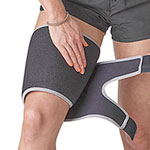
Buy Thigh Supports
Altered sensation
For example, “pins and needles”, or loss of feeling in the lower leg following a thigh injury.
Long term injury
If you have a more long-term injury or one which recurs then also seek professional advice. Most muscle injuries will benefit from sports massage to increase blood flow and healing to the area as well as make scar tissue more elastic helping to prevent the injury from recurring.
